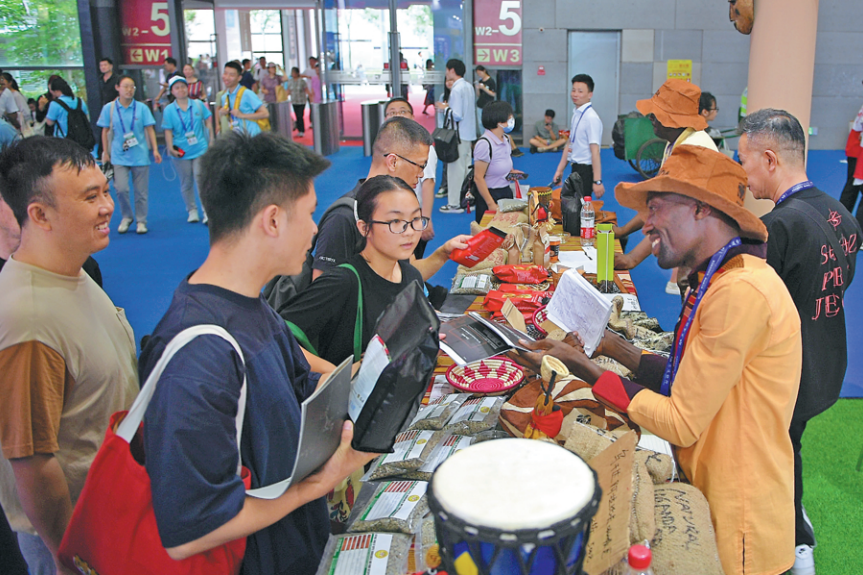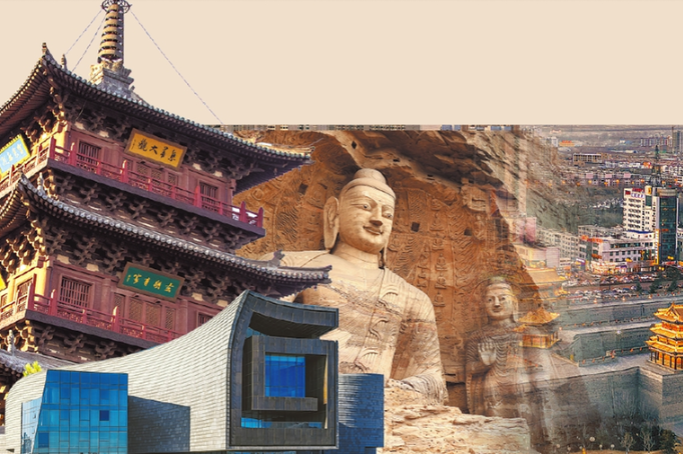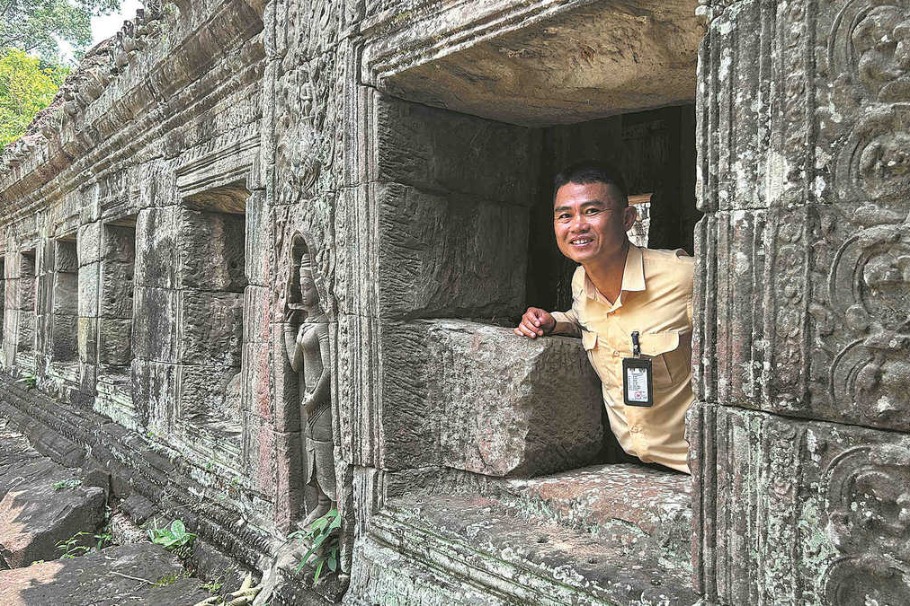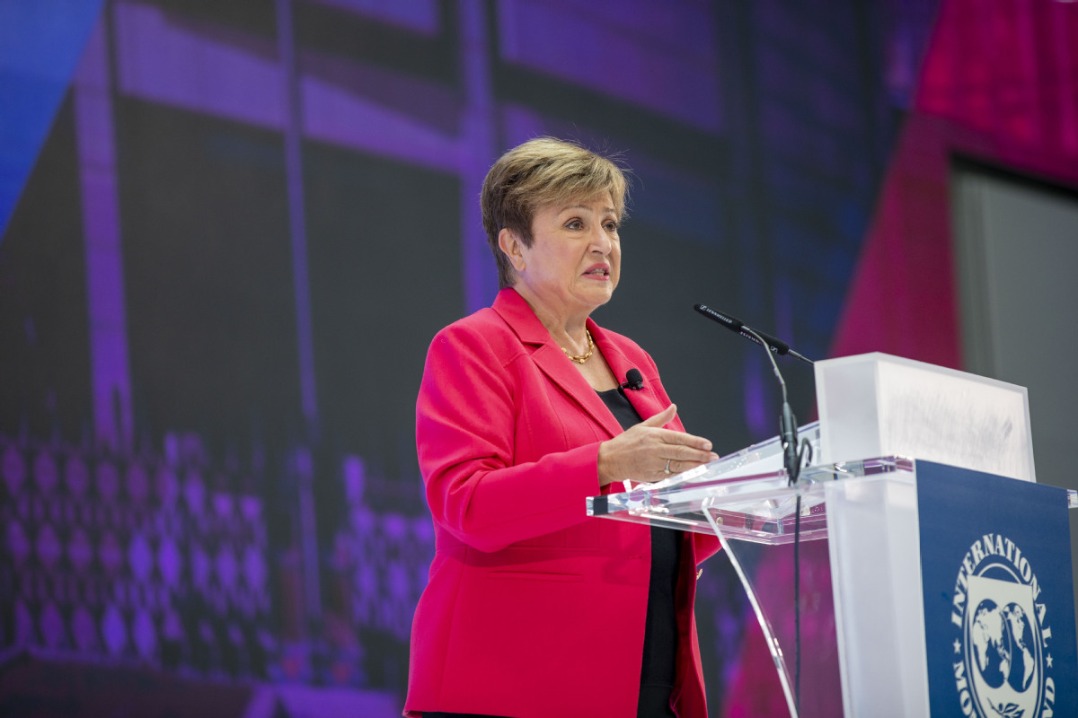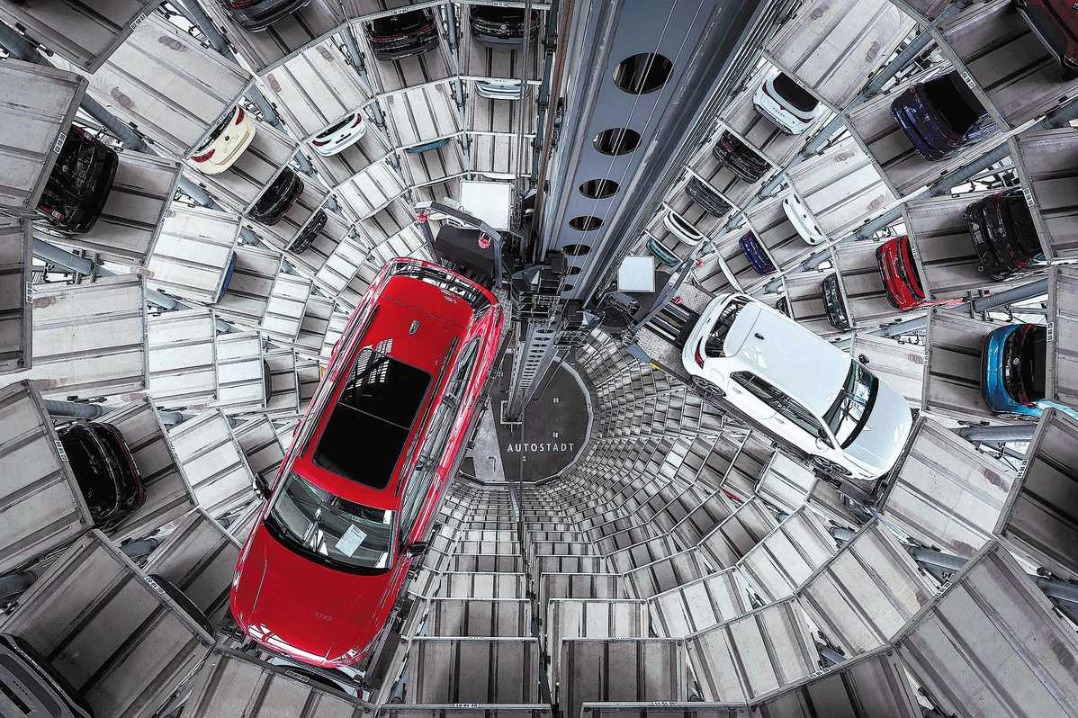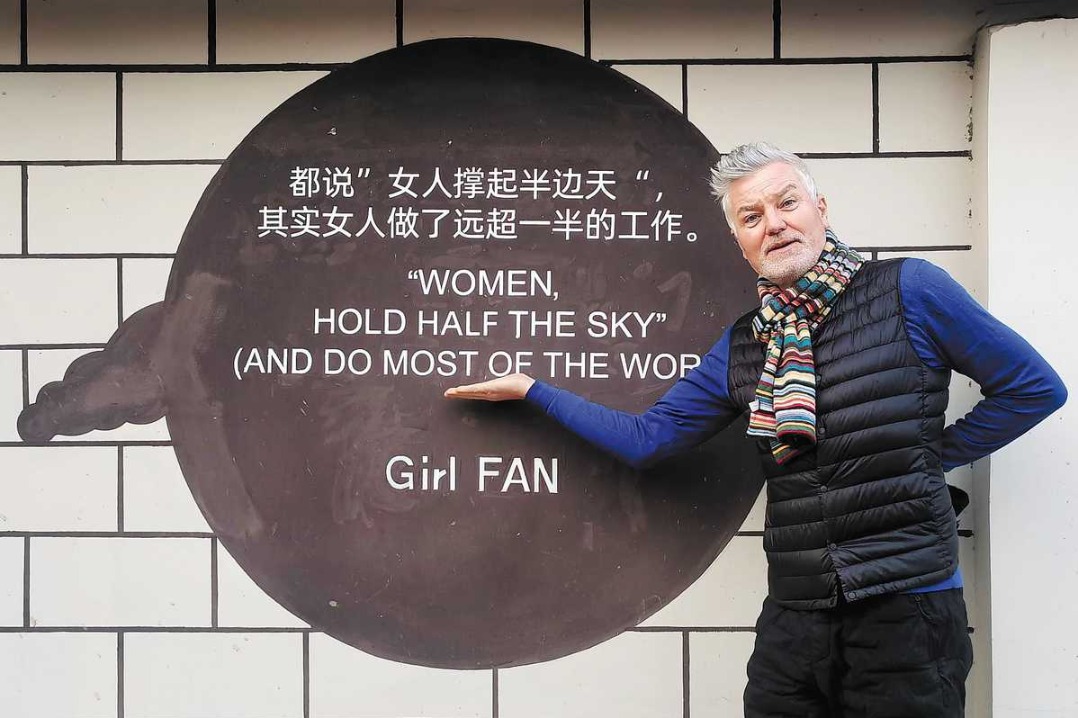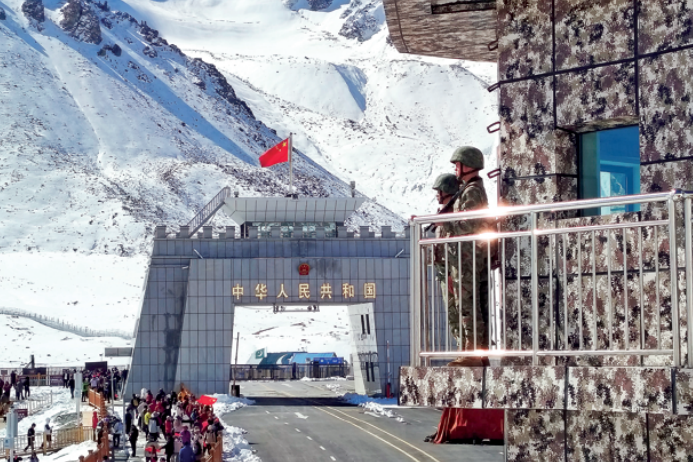Ruto's visit a defining moment
Kenya president eyes enhanced energy, infrastructure collaboration with China

Kenyan President William Ruto's five-day visit to China starting Tuesday marks a pivotal moment in Kenya's diplomatic and economic trajectory.
As traditional Western partners such as the United States reduce foreign aid and adopt more protectionist trade measures, Nairobi is signaling a growing interest in positioning Beijing as a potential strategic partner to support its development agenda.
Ruto's visit underscores his country's intention to strengthen bilateral cooperation in key areas such as energy, transport, technology and agriculture, officials and experts said.
Opiyo Wandayi, Kenya's energy and petroleum cabinet secretary, said the Kenyan delegation will showcase investment opportunities and explore future areas of collaboration, particularly in energy, where China has played a vital role.
"There are no specific energy deals or projects coming up for negotiation. However, the (energy) ministry is exploring renewable energy development with the Chinese government. This is in line with our current cooperation frameworks."
Kenya has made huge progress in renewable energy, with nearly 90 percent of its electricity now derived from clean sources such as hydro.
The Export-Import Bank of China has financed key power transmission projects, including those connecting geothermal fields in the Great Rift Valley to the national grid.
The Chinese-constructed 50-megawatt Garissa Solar Power Plant stands as the largest grid-connected solar facility in East and Central Africa.
Beyond financing, China's support has included technology transfer and structured capacity building.
Throughout all cooperation, Kenya is ensuring that Chinese engagement contributes to long-term capacity building and national self-reliance.
Major bilateral projects increasingly include local content provisions and skills development for Kenyan engineers and technicians, Wandayi said.
In August, China and Kenya signed a framework agreement on green energy cooperation. It includes commitments on facilitating investment, building capacity and advancing technology transfer in renewable infrastructure.
Cornerstone area
Ruto's visit to China is also expected to spotlight infrastructure, one of the cornerstone areas of bilateral cooperation.
Kenya is prioritizing the completion of regional transport corridors to ease the movement of goods, lower trade costs and promote regional integration.
A major project in this portfolio is the Rironi-Mau Summit highway upgrade, which forms part of the Northern Corridor linking Kenya's coastal city of Mombasa to inland countries such as Uganda.
The Rironi-Mau Summit section is strategic. It feeds into broader plans to link the road network with railway and port infrastructure.
One of those plans is the Standard Gauge Railway extension from Naivasha to Malaba, near the Kenya-Uganda border. With China having financed earlier phases of the SGR, from Mombasa to Nairobi and Naivasha, Kenya hopes China will support the completion of this vital transport artery.
Kenya Railways Managing Director Phillip Mainga said they have already engaged stakeholders along the 475-kilometer stretch where the SGR line will pass through.
"The SGR is not just a railway — it's a regional economic enabler," Mainga said. "Its extension to Malaba will unlock tremendous trade potential across East Africa."
On the other hand, agriculture is emerging as a new frontier for collaboration. In recent years, Kenya has begun exporting avocados to China, following the signing of crucial phytosanitary agreements.
The Kenyan government sees agricultural exports as a way to diversify trade, boost rural incomes and deepen food security cooperation with China.
Israel Agina, chairman of the Kenya National Chamber of Commerce and Industry's Kisumu chapter, said the completion of the SGR will mark a turning point for farmers in western Kenya.
"The extension has the potential to significantly revive and strengthen the Kisumu Port as well as improve the Mombasa-Kisumu-Malaba trade corridor."
For Jemimah Oyieke, who exports sisal from Homa Bay to West Africa and the Middle East, enhanced infrastructure means reduced business costs and expanded market access.
"Efficient logistics are crucial to staying competitive in export markets. The completion of these projects will significantly lower transport costs and boost our margins," she said.
The writer is a freelance journalist for China Daily.
















